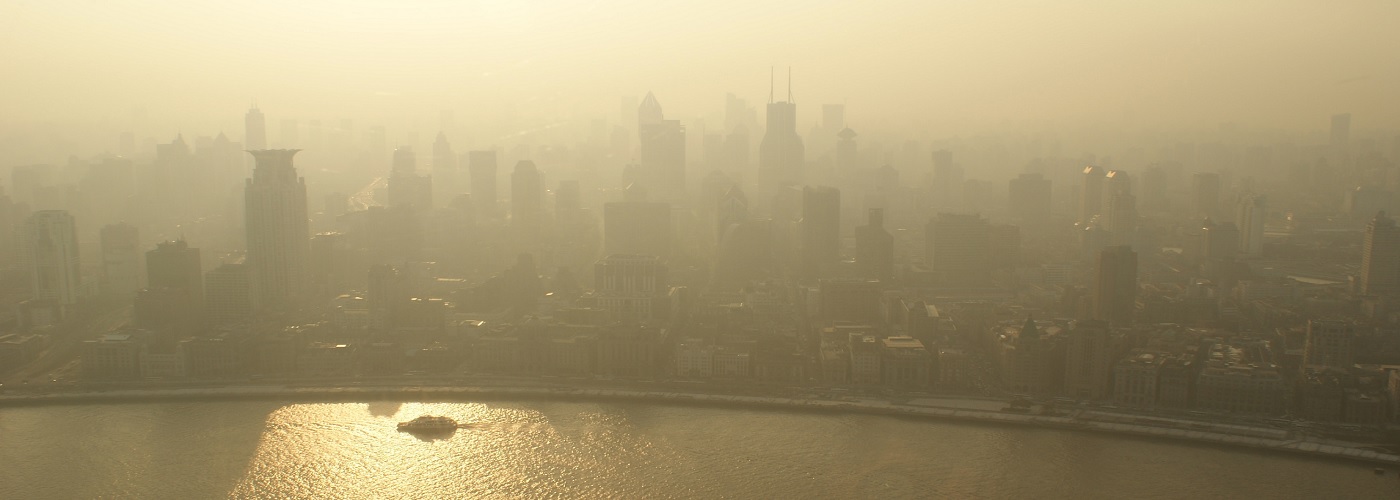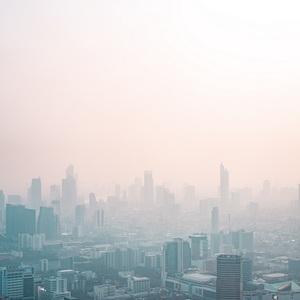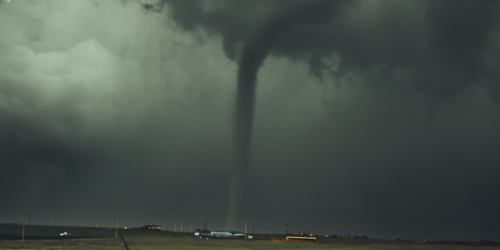

The quality of the air we breathe can be something that is taken for granted. When air quality goes down, it can be due to various sources. Emissions from automobile traffic, factories and power plants, can contribute to poor air quality. These entities emit pollutants such as nitrogen dioxide, sulfur dioxide, carbon monoxide, and a type of particulate matter called hydrocarbons. These pollutants can create poor air quality when the weather pattern becomes stagnant and allows for the build-up of these pollutants near the surface.
Another pollutant that can make for poor air quality is surface ozone. We have all heard of how important ozone is in the upper levels of our atmosphere. Ozone in the stratosphere helps to block a portion of the dangerous ultraviolet rays from the Sun from reaching the ground. However, when ozone forms near the surface, it is harmful to humans. Ozone can form when heat and sunlight react with ambient nitrogen oxide or hydrocarbons. Surface ozone is more common in cities, due to the higher amount of those pollutants, along with the hotter temperatures that are found in dense metropolitan areas.
When there is a high concentration of small particulates suspended in the atmosphere, air quality will also suffer. Particulate matter must be smaller than 10 microns and can be lower than 2.5 microns (which are both much smaller than the width of a human hair). Dust and smoke particles from wildfires are the most common culprits. When these become concentrated, they can irritate your eyes, throat, and lungs.
The EPA (Environmental Protection Agency) tracks the concentration (in parts per million or a certain amount per volume of air) for each of the various pollutants. Whichever pollutant has the highest concentration on any given day is the one used to determine the air quality index. Therefore, if the amount of particulate matter from wildfire smoke is greater than all other pollutants, the air quality index is calculated based on that. The air quality index scale goes from 0 (which is the best) to over 300 (when it is hazardous). When the index reaches the orange level (100 or greater), those with weakened lungs or other health issues should spend less time outdoors.
To check the current air quality in your area click on this link
To look at the table which is used to determine the air quality based on the index, click here





